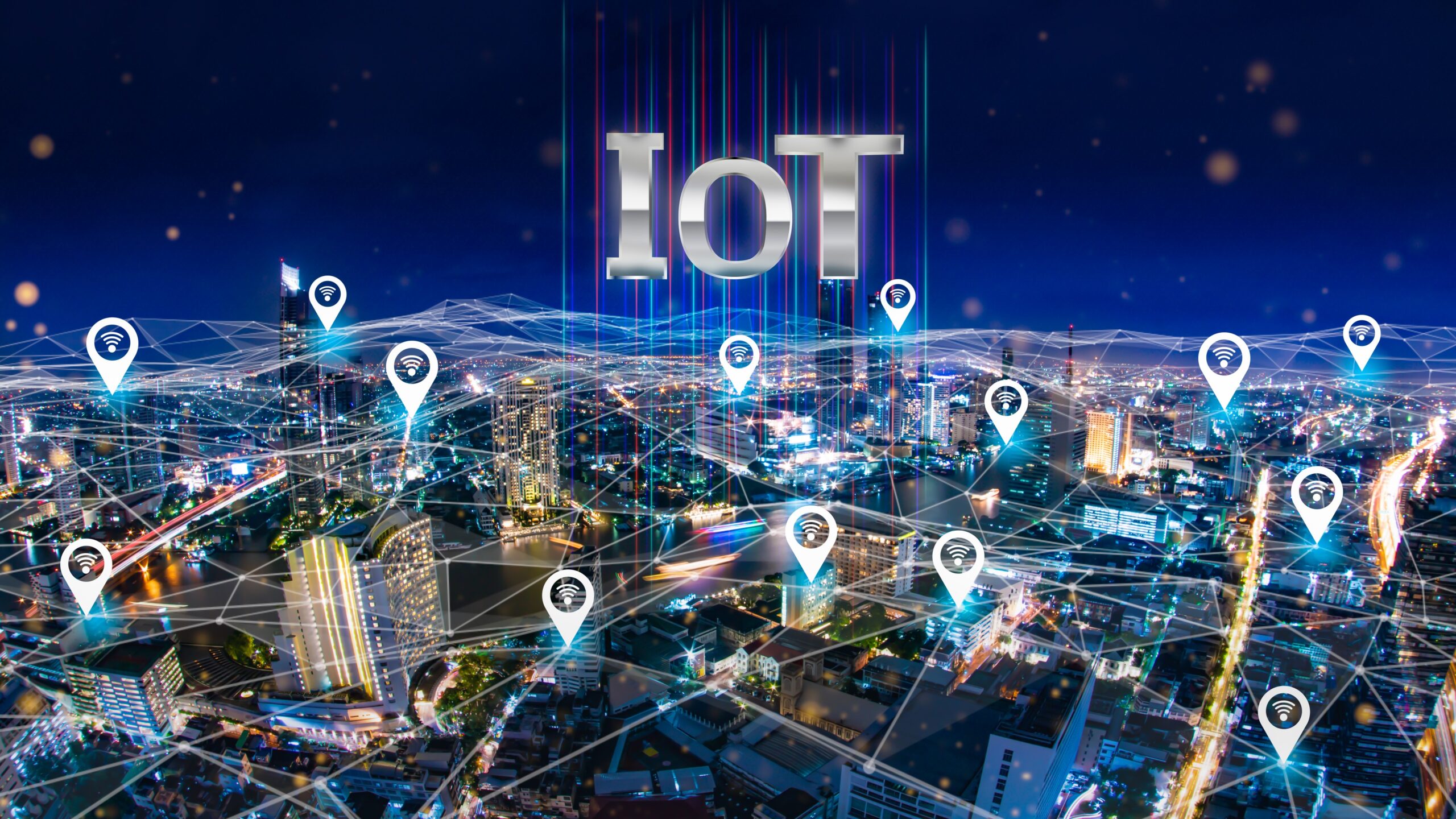Internet of things (IOT) devices according to Gartner (Gartner IOT) will reach close to 25 billion activation’s by 2023. Many of these devices will support a wide range of business functions including Real-time inventory updates inside of the retail markets along with a continued platform adjustment to a global supply work-stream. IOT itself as a strategy exists primarily as a result next generation sensor and cloud-based application platforms. The devices ranging from sensors within the home to a fully robotic factory in Vietnam relying on the several elements to work in tandem including IP transport layer, access to the closest Cloud platform for computation of analytic information through artificial intelligence.
The devices are built for most part to be very light weight, small firmware footprint, and reliable. These sensors built by Advantech in Taiwan, Qualcomm in San Diego, and Cisco Systems are designed to operate in various environments, low compute resources, and with a sustainable battery. When software engineers design the firmware for IOT sensors, they account for computing, battery usage, and environmental conditions. The develops also need to account for future proofing of the device. IOT is a constant changing marketplace. As more businesses in retail and industrial 4.0 factories continue to find ways to leverage IOT, the demand on the sensors becomes even more challenging.
Internet of Things – The Evolution of the C-LOC
Cloud based location over cellular is a much-needed added element of the IOT landscape. Prior to developers and companies leveraging these services, the burden of computing location fell squarely on the device itself. The sensor using 4G, 5G, or LTE cellular services will use these IP based communication transport to signal the location of the device to a centralized data collection point like Amazon IOT or Advantech – IPAAS cloud platform. The continued updating of the location of the sensor proved to be a battery drain on the device. By moving the overhead of the location computing off the sensor and relying more on a cloud-based location services, this reduced the overall battery consumption while extending the life of the sensor.
Reducing Overhead
IOT sensors deployed today for retail and automated factories need to execute several computations on the device itself. Each workload including firmware updates, location-based services via GPS, and transmitting critical system log data places a strain both on the battery source. IOT companies continue to innovate ways to reduce the need for these services to be executed on the device itself to save on battery resources and overall sensor digression. One area that has made a great impact on the sensory is leveraging C-LOC or better known as cloud-based location over cellular.
Where does C-LOC Make Sense
Like other technology strategies when it comes to C-LOC, “one size does not fit all”. IOT transcends some many different markets and use cases including iRetail and factory automation within industrial 4.0. Each of the use cases have different location services requirements that could leverage C-LOC capabilities.
Retail
Retail early on became an early adopter of IOT partial due to change in the market landscape and costs. Many retail outlets including Tiffany’s, PETCO, Walmart, and Costco leverage IOT in a variety of ways.
• 77 percent of retailers see that Internet of Things changes the customer experience. (IOT Retail study)
• 89 percent of early movers in retail gain increased insight into customer preferences and behaviors from the Internet of Things. (IOT Retail Study)
• 77 percent of early movers in the Internet of Things in retail create opportunities to better collaborate with (new) partners in delivering products and services to customers. (IOT Retail Study)
Everything from the IP enabled security cameras, digital signage, RFID tagging, badge readers, to real-time update on inventory and goods in transit. The actual deployment of the IOT sensor could be a fixed device with real-time location updates or a static label with a shelve life of 24 hours. In the retail space, many of the sensors will be stationary for an extended period. The device may not need to communicate in real time the location of the device. In many cases, the device will only need to communicate location information on a per quarterly or yearly basis. However, the sensors that are constantly in motion including mobile scanners, high end retail products and inventory receiving bins, these devices absolutely could leverage the C-LOC functionality. By off-loading the location computation, these active sensors will be able to in service much longer while saving the battery life for other firmware applications needs including security controls or authentication.
Industrial 4.0
As more global factories become inter-connected, the need for IOT sensors to support plant operations has become critical. Within the industrial 4.0 framework, the deployment of robotics to handle vase amounts of production work is critical to overall profitability of the organization itself. Yes, with humans being replaced with machines is nothing new, the data coming off the robotic systems helps organizations maximize their investment in the factory by sending these data streams to the cloud-based platforms like Amazon IOT and Microsoft Azure to process the information through artificial intelligence. The AI engines can proceed vase amounts of data quickly, giving the organizations time sensitive feedback to make needed corrections to their production workflows. The need to have updated and real-time location of the IOT sensors is critical to the success of the production site. Without C-LOC services, these robotic IOT sensors will be expiring the battery as a rapid rate, requiring frequent replacement of the devices. If you’d like to discuss your hiring needs in the IoT market or any of the other’s we service, please reach out.








